The Philippines, with its sprawling archipelago of over 7,000 islands, offers some of the most diverse underwater ecosystems on the planet. Situated within the Coral Triangle—often called the ‘Amazon of the Seas’—these waters host more marine species than anywhere else on Earth. Vibrant coral gardens, playful sea turtles, and schools of tropical fish create underwater landscapes that seem almost otherworldly in their beauty and complexity. The country’s unique geography and warm waters make it a paradise for snorkelers of all experience levels.
Here is a list of 13 spectacular snorkeling destinations across the Philippines where you can witness nature’s aquatic masterpieces without needing to venture into the depths with scuba gear.
Coron Bay
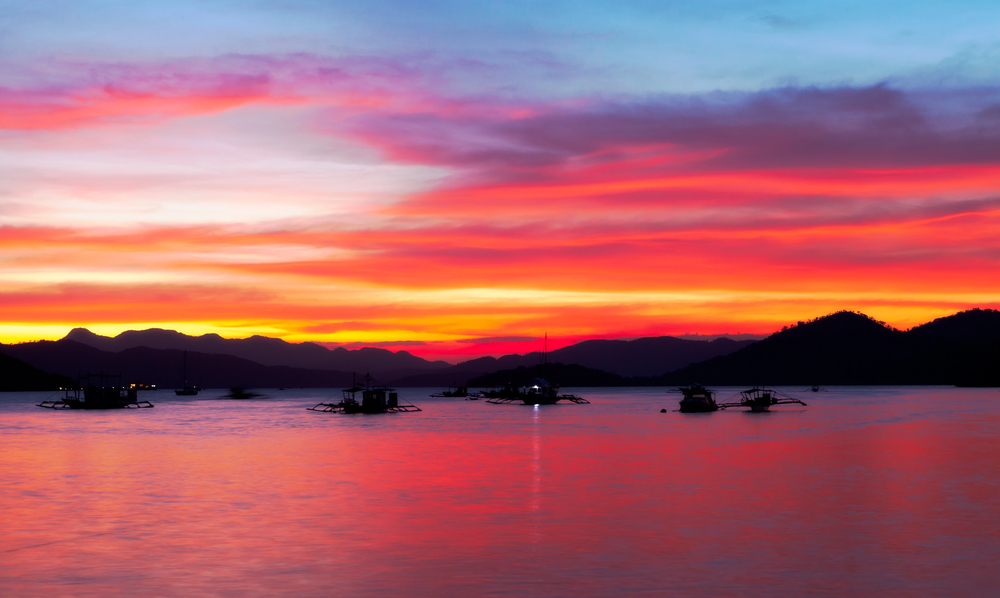
Coron’s crystal-clear lagoons offer an extraordinary underwater experience, combining natural beauty with fascinating history. Just below the surface, WWII Japanese shipwrecks rest in relatively shallow waters, making them accessible even to snorkelers. Marine life has transformed these sunken vessels into artificial reefs teeming with colorful fish, soft corals, and various invertebrates.
The contrast between rusty metal structures and vibrant marine growth creates a hauntingly beautiful underwater landscape unlike anywhere else in the Philippines.
Balicasag Island

Off the coast of Bohol lies this small, rounded island surrounded by a marine sanctuary that’s become legendary among underwater enthusiasts. The drop-off along the island’s edge plunges dramatically from shallow coral gardens to deep blue depths, creating a natural amphitheater where sea turtles glide gracefully and jackfish swirl in tornado-like formations.
The island’s house reef features a stunning diversity of hard and soft corals in various hues—from electric blues to fiery oranges—all visible from just a few feet below the surface.
Like Travel Pug’s content? Follow us on MSN.
Moalboal Sardine Run
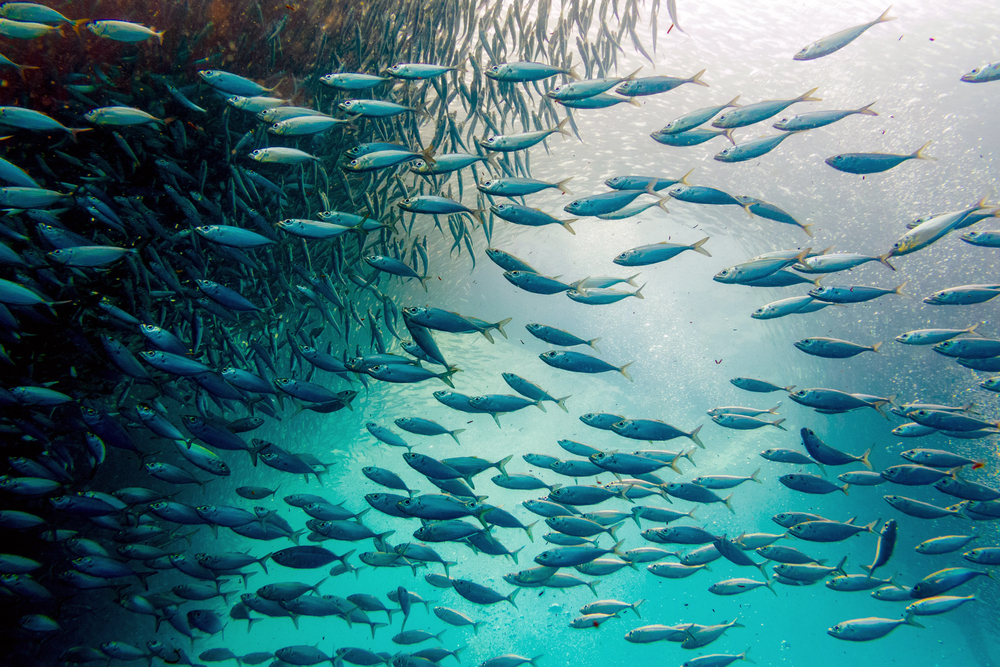
This small town on Cebu’s western coast has gained worldwide recognition for an unusual natural phenomenon—a massive, year-round sardine run just meters from shore. Millions of sardines form a shimmering, silver cloud that moves with mesmerizing synchronicity, often just 15 feet from the beach.
This accessible wonder means snorkelers can simply walk in from shore and immediately witness one of nature’s most spectacular marine displays without needing a boat trip or advanced swimming skills.
Apo Island

Despite its small size—just 74 hectares—Apo Island punches well above its weight in marine biodiversity. The community-led marine sanctuary established here in the 1980s represents one of the world’s most successful conservation stories. Decades of protection have created a thriving ecosystem where over 650 fish species and 400 coral types flourish in astounding density.
Snorkelers regularly encounter multiple sea turtles feeding on seagrass beds in water so shallow you can stand while watching these ancient creatures go about their daily routines.
Tubbataha Reefs Natural Park

Located in the middle of the Sulu Sea, this UNESCO World Heritage Site remains one of the most pristine reef systems on the planet. While primarily known as a dive destination, the shallow sections of Tubbataha offer remarkable snorkeling opportunities during calm conditions.
The park’s isolation has preserved coral formations that have disappeared elsewhere—massive table corals span meters across while fields of staghorn corals create underwater forests. The marine life here exists in stunning abundance—reef sharks, manta rays, and even whale sharks make appearances in these protected waters.
Like Travel Pug’s content? Follow us on MSN.
Pescador Island

Just off Moalboal’s coast, this small, rocky island houses a 360-degree reef that drops dramatically into the deep blue. The island’s topside appearance gives a little hint of the underwater splendor waiting below—vertical walls adorned with sea fans, black corals, and colorful crinoids.
The island’s crown jewel for snorkelers is the famous ‘Cathedral’—a large cave with an opening at the top creating ethereal light beams that pierce through the water column. Residents of this natural wonder include frogfish, nudibranchs, and sometimes passing pelagic visitors like thresher sharks.
Puerto Galera
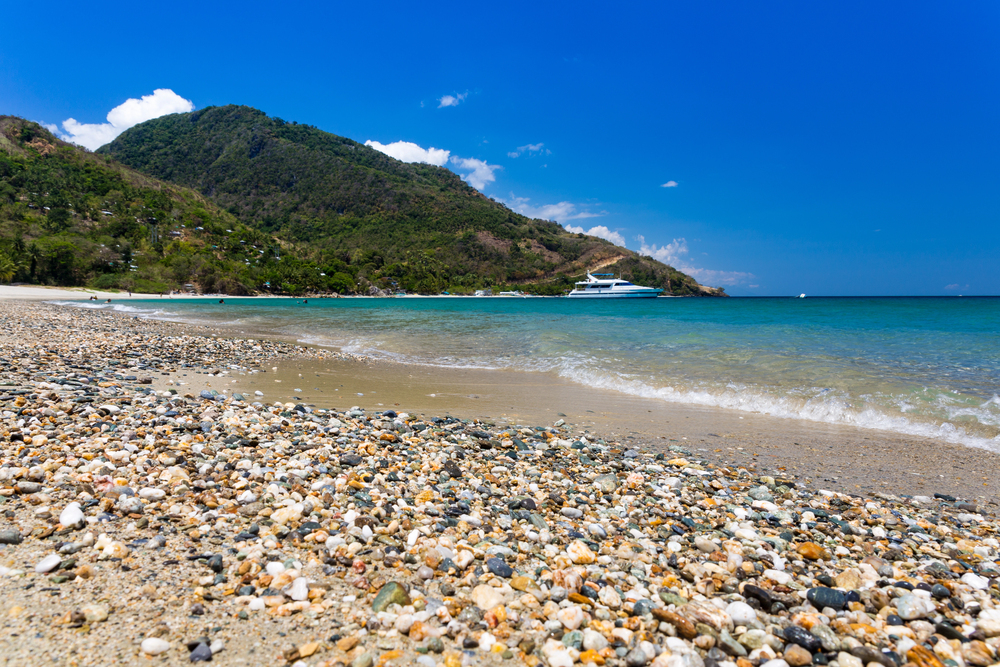
Once a simple fishing village, Puerto Galera has transformed into a marine conservation success story while maintaining its laid-back charm. The area’s numerous bays and coves create perfect conditions for novice snorkelers—calm, clear waters with minimal currents. The healthy fringing reefs host an incredible variety of macro life, including elusive mandarin fish, vibrant nudibranchs, and several species of pygmy seahorses.
The coral gardens here exist surprisingly close to shore, making Puerto Galera ideal for those who prefer beach entries rather than boat trips.
Siete Pecados
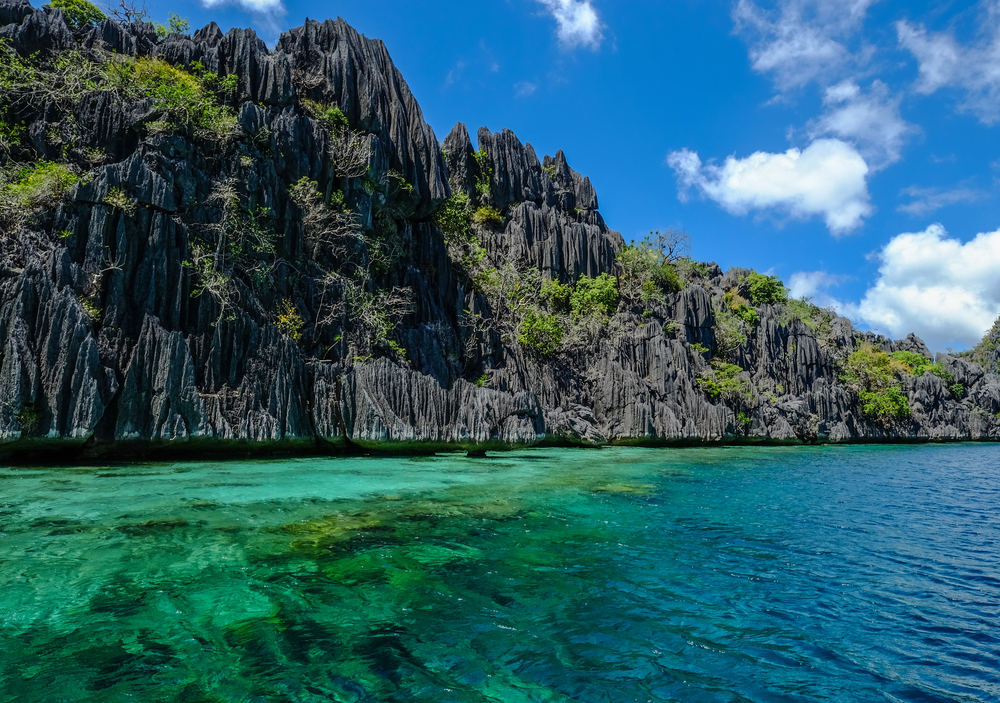
These seven small islands near Coron have earned an almost mythical status among underwater enthusiasts. According to local legend, the islets formed when seven sisters disobeyed their parents and swam during a storm—only to be transformed into these islands. The channels between the islets create nutrient-rich currents that support extraordinary marine biodiversity.
Snorkelers drift effortlessly between islands, carried by gentle flows while observing dense schools of damselfish, surgeonfish, and occasional sea snakes gliding through fields of soft coral swaying rhythmically with the surges.
Like Travel Pug’s content? Follow us on MSN.
Mabini and Anilao
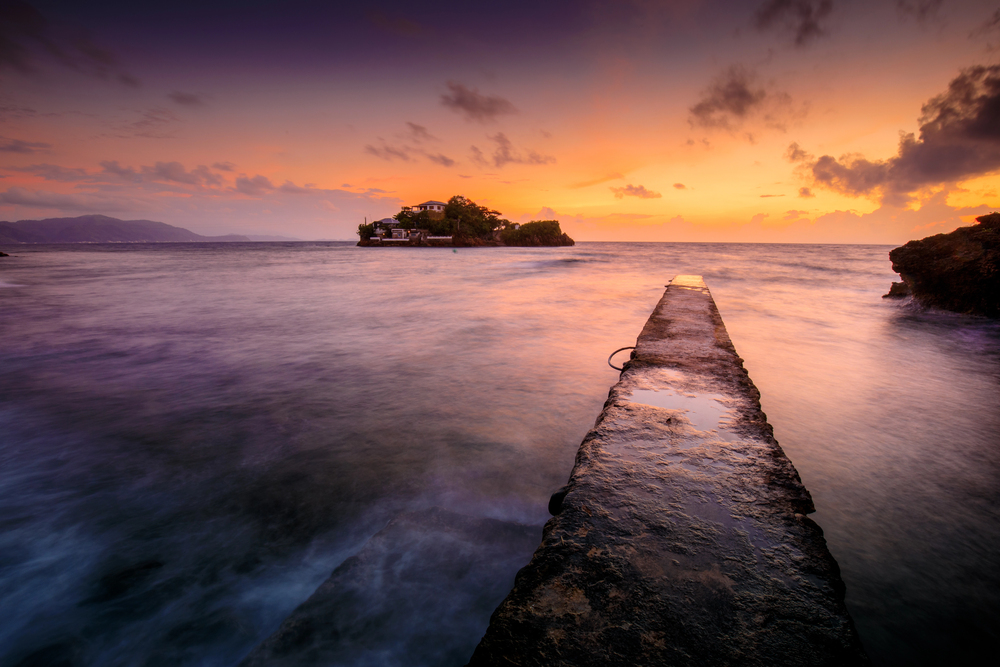
Often overlooked in favor of more famous snorkeling spots, this region of Batangas offers astounding marine diversity just a few hours from Manila. The shoreline’s volcanic nature creates a unique underwater topography—black sand slopes meet vibrant reefs in striking contrast. This area has become renowned as the macro photography capital of the Philippines, with good reason.
While most macro subjects require diving to appreciate, many sites feature shallow reef tops where snorkelers can spot flamboyant Spanish dancers, electric clams that pulse with blue light, and colorful flatworms undulating across coral heads.
El Nido
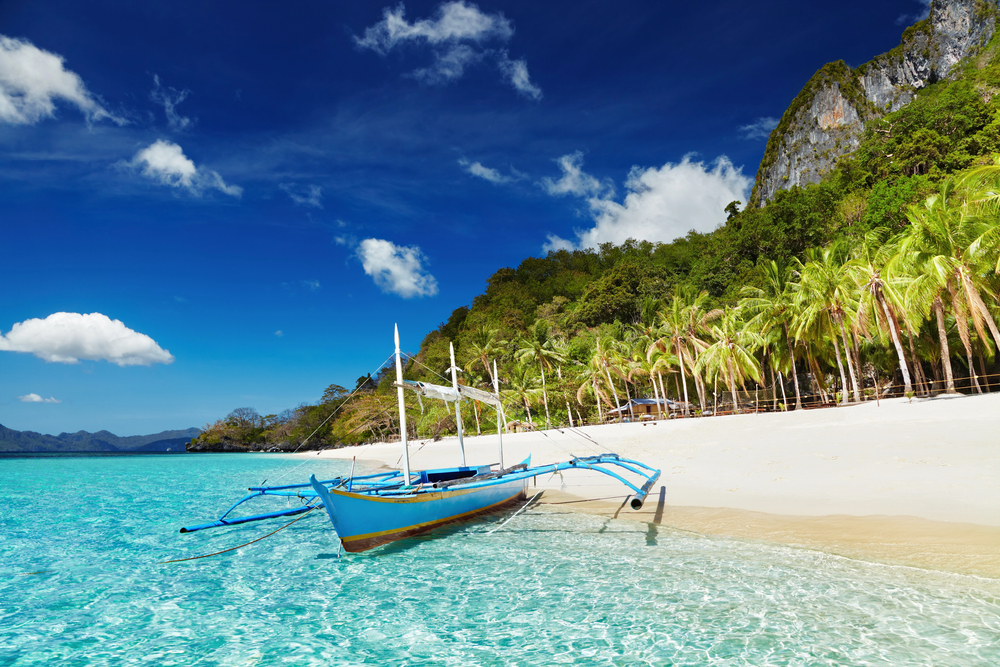
The limestone karst landscapes that make El Nido famous above water continue beneath the surface, creating a fascinating underwater terrain. Snorkeling between towering rock formations reveals hidden lagoons and swim-throughs decorated with soft corals and sea fans.
The Secret Lagoons particularly offer a surreal experience as sunlight filters through narrow openings, creating dancing light patterns on the sandy bottom. The protected bays house healthy coral bommies where juvenile fish find sanctuary among the branches of staghorn and table corals.
Malapascua Island
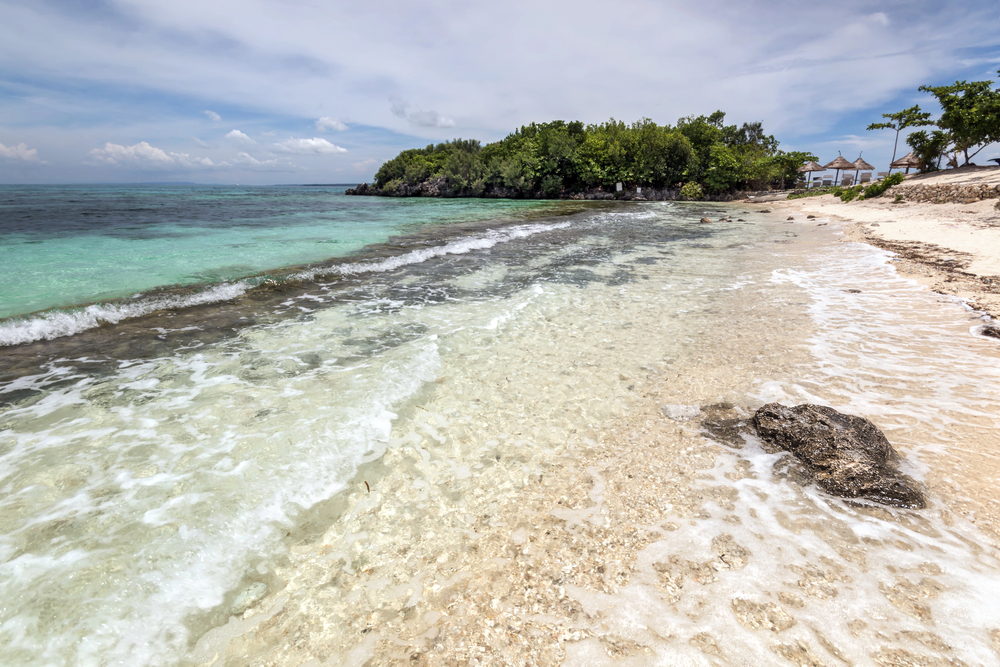
This small island of Cebu’s northernmost tip offers snorkeling encounters found nowhere else in the world. While Malapascua gained fame for its scuba diving with thresher sharks, snorkelers enjoy the island’s extensive shallow reefs, where curious batfish often approach with surprising boldness.
The Coral Garden site features a stunning array of hard corals in remarkable condition—brain corals the size of small cars and delicate lace corals create an underwater landscape of extraordinary complexity and beauty.
Like Travel Pug’s content? Follow us on MSN.
Camiguin Island

This volcanic island delivers a unique snorkeling experience featuring black sand shores meeting vibrant coral gardens. The island’s volcanic origin has created interesting thermoclines where cool freshwater springs emerge underwater, creating shimmering visual effects as the different temperature waters mix.
The Sunken Cemetery—where crosses mark a graveyard submerged after a volcanic eruption—offers a poignant and unusual snorkeling experience. The marine life here includes abundant butterflyfish, parrotfish busy performing their essential role of breaking down coral into the sand, and the occasional passing eagle ray gliding elegantly over the reef.
Ticao Island
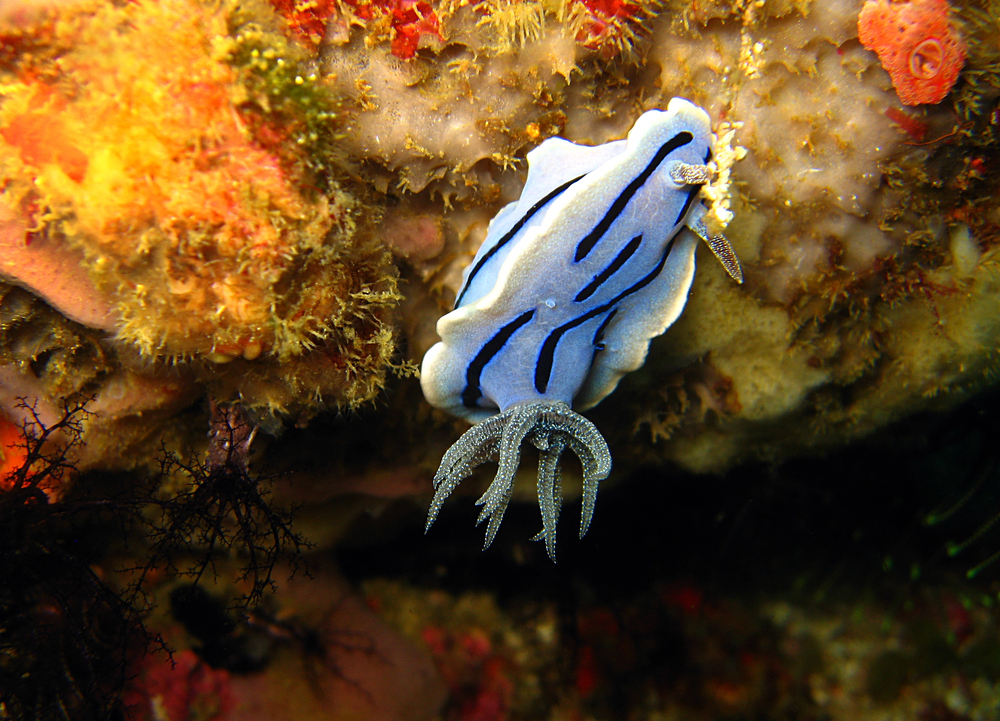
Tucked away in Masbate province, Ticao remains relatively undiscovered by the international snorkeling community. The island sits at the junction of several major water currents, creating perfect conditions for plankton blooms that attract magnificent manta rays and whale sharks during certain seasons.
The water clarity here alternates between plankton-rich green waters during feeding events and crystal blue during calm periods. Snorkelers often experience the thrill of watching manta rays perform graceful barrel rolls just feet away as these gentle giants feed on microscopic organisms concentrated in the channel’s currents.
The Enduring Appeal of Philippine Waters
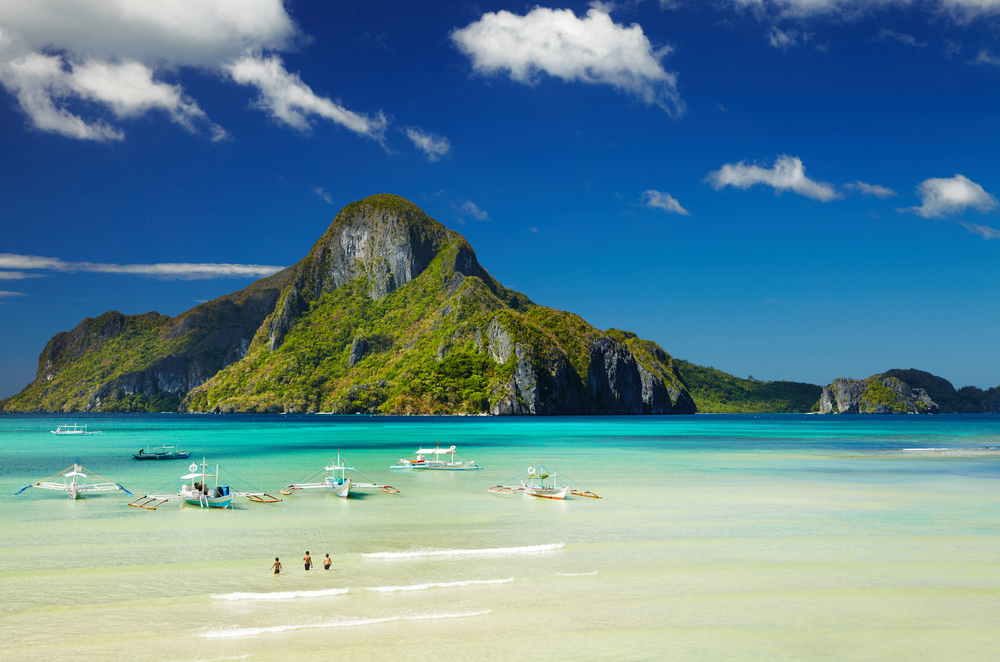
The Philippines’ underwater treasures represent some of the most spectacular marine ecosystems remaining on our planet. From the convenient shore entries of Moalboal to the remote splendor of Tubbataha, these snorkeling destinations offer windows into a world of extraordinary biodiversity and beauty.
The growing awareness of conservation needs has led many communities to establish marine protected areas, creating hope that these underwater wonders will continue thriving for generations of snorkelers yet to come.
Like Travel Pug’s content? Follow us on MSN.
More from Travel Pug

- Cities Growing so Fast You Won’t Recognize Them in 10 Years
- 13 Destinations Where Tourists Regularly Regret Their Trip
- 16 U.S. Cities That Are Quietly Becoming Travel Hotspots
- Where to Travel If You Love Long Bus Rides and Daydreams
- 20 Cities Perfect for Solo Travelers Who Crave Adventure & Culture
Like Travel Pug’s content? Follow us on MSN.
